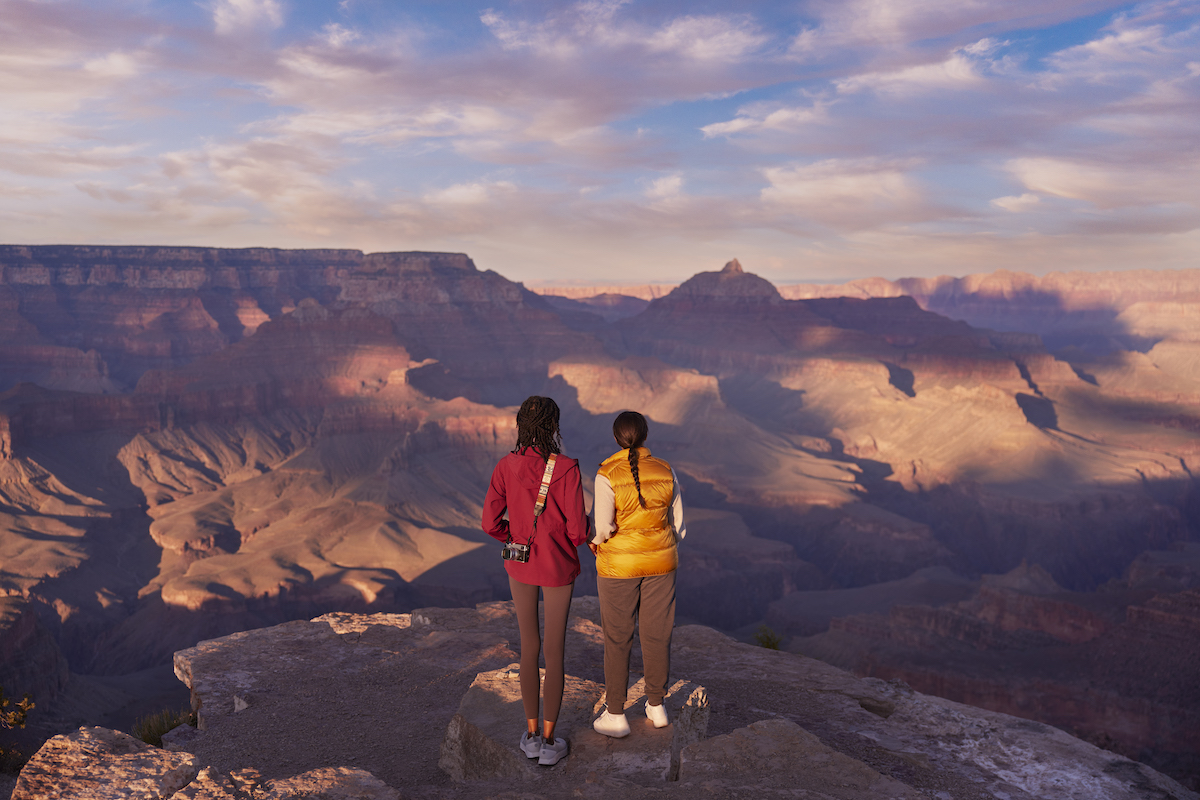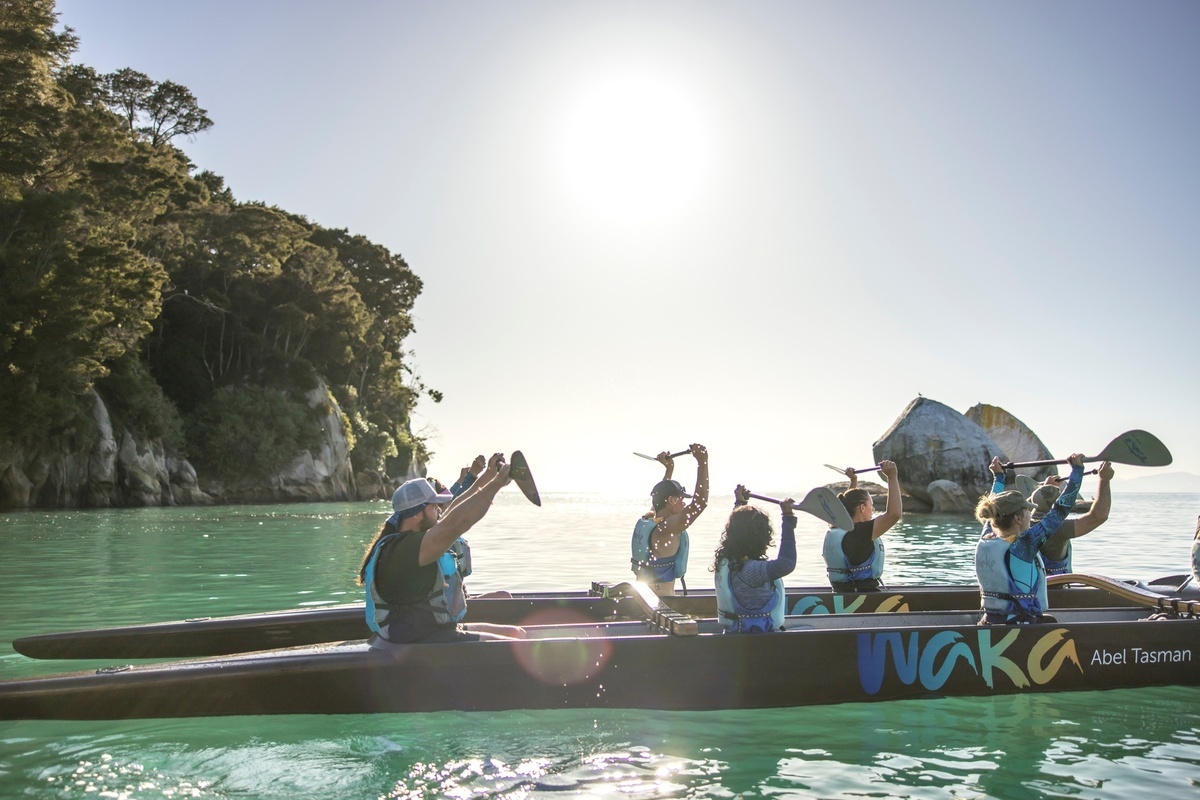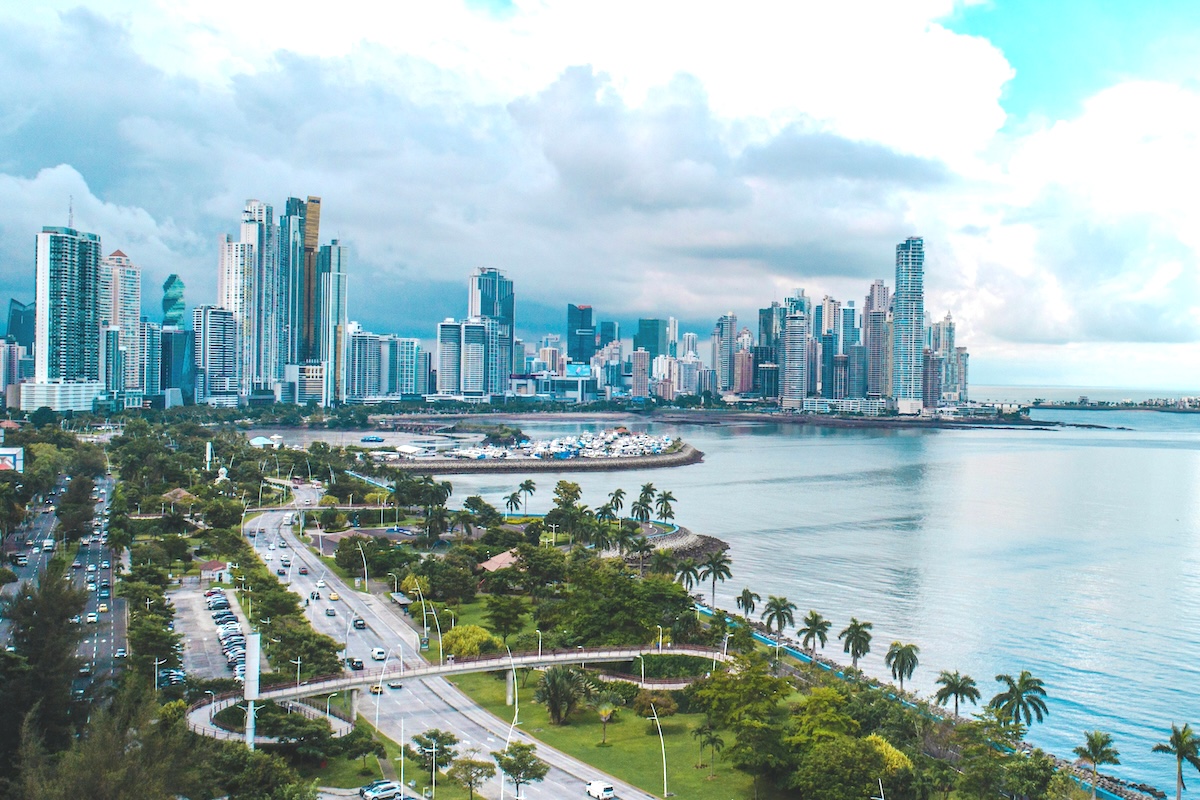Skift Take
Burnout is a growing crisis among business professionals, and excessive screen time may be partly to blame. Here are three ways to help your attendees unplug from their devices, reconnect with the moment, and recharge their own batteries.
A recent study from Aflac revealed that almost 60 percent of U.S. workers are experiencing burnout, and the problem extends worldwide. What’s more, being tethered to our digital devices may be making matters worse. A 2019 study on workplace productivity found that over half of those surveyed reported feeling ‘digital overload’ — and that was before the mass shift to hybrid and remote work. According to research from tech company Asurion, phone usage alone is nearly four times higher than it was in 2019, with Americans checking their phones a whopping 352 times a day on average.
For event organizers and meeting planners, the call to action should be clear: Digital burnout is a real threat, and face-to-face gatherings can play a vital role in helping. When done right, meetings and events have the power to reconnect attendees with the world — and the people — around them.
The idea is not to demonize technology, but to restore balance. Professionals everywhere need the opportunity to detox from excess screen time. These breaks are not only beneficial to individual wellbeing, but necessary for long-term productivity in the workplace.
Mental health hospital McLean defines digital burnout as “feelings of exhaustion, anxiety, depression, or diminished interest in a job stemming from too much time on digital devices.” To help uncover effective strategies to combat this phenomenon, Skift Meetings partnered with the Arizona Office of Tourism to produce a report, titled Unplugging Is the New Connection: 4 Tips for a Restorative Meeting Experience. Drawing from one section of this report, here are three practical solutions that everyone from major conference organizers to corporate retreat planners can begin using.
1. Combine Longer Breaks With Outdoor Tips
One simple solution is to build longer breaks into your meeting or conference agenda.
“Meeting planners should communicate that they have planned a conference-wide time or opportunity to disconnect,” recommends Josh Coddington, director of communications, Arizona Office of Tourism.
While some may use part of this time to catch up on emails, that means they’re less likely to feel the need to check their phones during sessions. Part of fighting digital burnout can simply be a matter of reducing the need to pay attention to multiple channels at once. To help encourage attendees to go a step further by unplugging during their downtime, Coddington has three key tips:
- Design a general session that takes place outdoors and teaches attendees about the surrounding areas
- Share maps of nearby hiking trails and provide easy access to supplies like water bottles and sunscreen
- Make it clear that some pauses in the schedule are designed for recharging by naming them wellness breaks and avoiding competing agenda items
“Whenever I see a conference schedule with this included, it tells me that the planners value me as an attendee and understand that everyone is trying to get the most out of their time — but also that we, as human beings, need time to relax,” says Coddington.
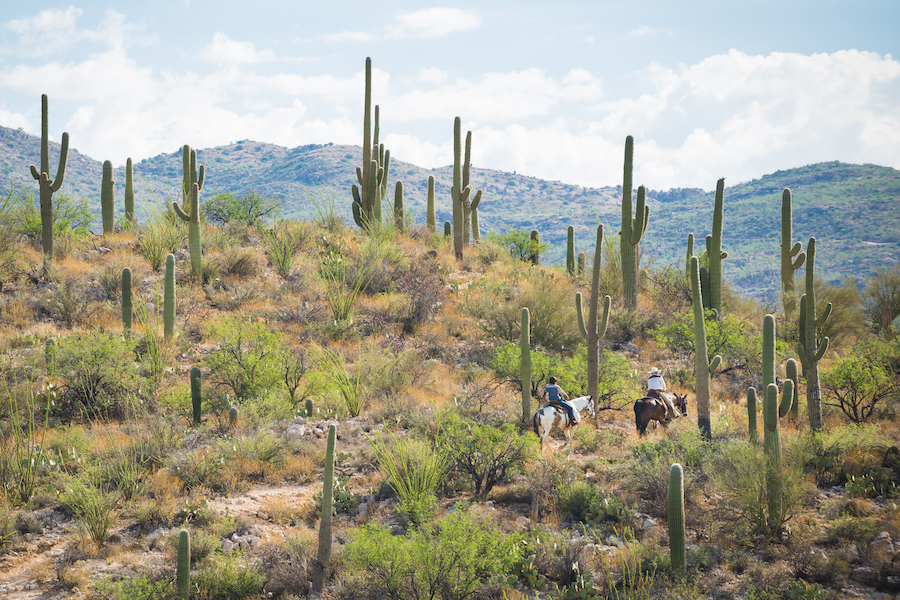

2. Design Phone-Free Zones and Activities
Designing phone-free activities can be tricky. Some attendees may experience anxiety when putting their devices away, and as psychology professor Dr. Lisa W. Coyne explains, it can even cause withdrawal symptoms in some. (It’s worth noting that many social media apps model their engagement strategies after the highly addictive tactics of gambling games. Scrolling, for example, mirrors the effect of slot machines.) Perhaps even more importantly, many attendees may have both professional and personal responsibilities that require them to have periodic access to their devices.
A select number of entertainers, like Dave Chapelle and John Mulaney, have partnered with Yondr to require fans to lock their phones in pouches when entering the venue. This solution might be a bit extreme for a three-day conference, but there are other approaches that can help.
Julia Lavine, chief brand officer for CIVANA Wellness Resort and Spa in Carefree, Arizona, says that her team uses a mix of options depending on the needs of each group. “We focus on helping groups foster connection — sometimes technology is used to aid in that and many times it’s the absence of tech that allows that […]” One of their solutions includes tech-free zones where participants receive reminders to put away their devices. Another is to invite attendees to enjoy highly engaging outdoor activities.
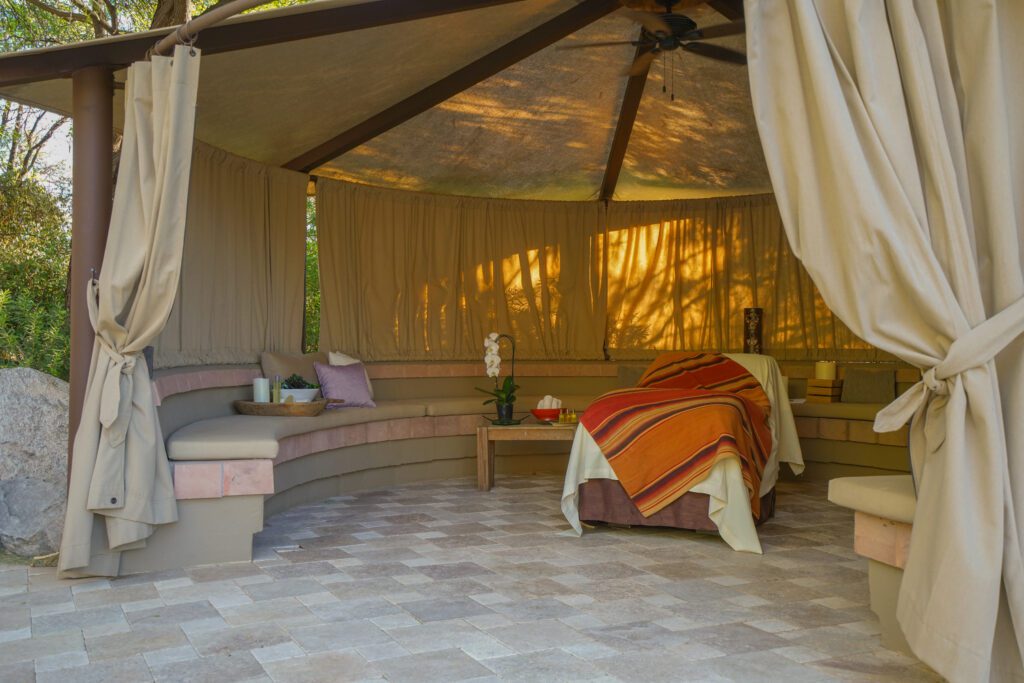

Russell True, author and president of White Stallion Ranch just outside of Tucson, has set a rule in place for horseback riding, biking, and rock climbing activities: Participants can use their phones, but as cameras only.
For breakout activities at meetings, consider treating it as a gamified challenge to help fight digital burnout: Who can keep their phones in their pockets (or even in a locked container) the longest?
3. Commit to the Experience at a Digital Detox Resort
Combining phone-free experiences with a hefty dose of luxury and breathtaking scenery can also help to ease anxieties around putting phones, laptops, and tablets away.
At the Miraval in Tucson, attendees enter ‘Miraval Mode’, where screen time is limited to rooms and select areas in the resort. The resort sets the stage with a pre-written out-of-office message and journal for each guests. This allows attendees to record thoughts and moments of gratitude without having to reach for a keyboard.
Castle Hot Springs in Morristown, Arizona, has a similar approach. Wi-Fi is only available in the main lodge, helping to ensure that guests truly unplug from their preoccupations when they step into the resort’s healing waters amidst the Bradshaw Mountains.
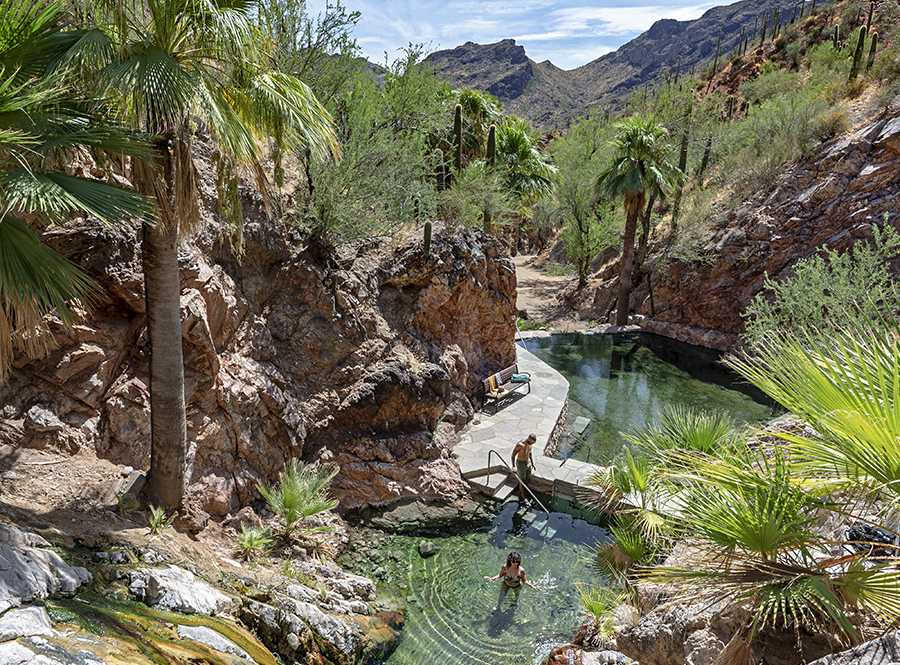

Disconnecting to Reconnect
While technology enables so many of our day-to-day connections — and even provided a lifeline during the height of the pandemic — it is possible to have too much of a good thing. For more inspiring ideas on how to leave your attendees refreshed by giving them a much-needed digital break, download the full report, Unplugging Is the New Connection: 4 Tips for a Restorative Meeting Experience.
This content was created collaboratively by the Arizona Office of Tourism and Skift’s branded content studio, SkiftX.

